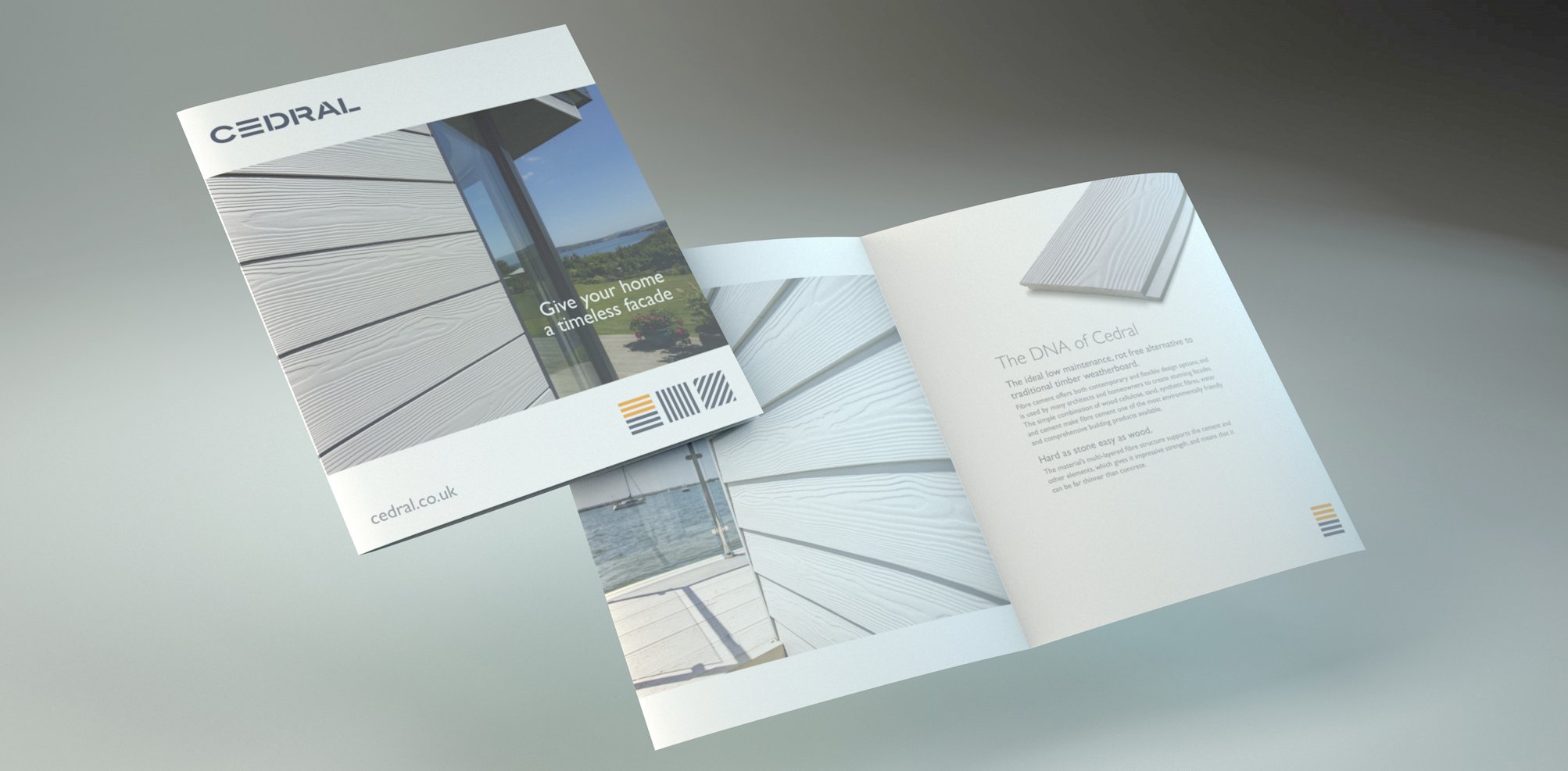It might have never crossed your mind, but when building or renovating a roof, size matters for the slates you want to use. Let’s compare two Cedral slate sizes: 400x220mm and 600x300mm. So how do you choose between them? You’ll find out in this article.

How do you choose the size of slates?
Bigger or smaller, that’s the question. Here are a few elements to consider that will guide you in your choice of slate size.
- Roof pitch: generally, slates are particularly suited for steeper roofs. For lower pitched roofs, the overlap between slates should be bigger, making larger slates your size of choice to reduce the chance of water infiltration.
- Exposure: the orientation of the roof also determines the need of overlap between slates. The rainy side of your roof requires more overlap to avoid that wind-driven rain infiltrates your roof. The larger slates are then your best option.
- Aesthetics: you also want your roof to look good and fit to the rest of your home. Optically, on vast roofs, large slates have a better visual effect. If you want a specific colour, check what are the available sizes here.
- Patterns: there are many installation patterns for roof slates (e.g. Double, Ashlar, Rhombus, Quatro, Novum…). Each of them requires different slate sizes. Discover patterns and the required sizes here.

- Structure: the size of the slates you use logically also affects the number of fixings and battens needed.
- Cost: bigger slates generally are more expensive, but they require fewer fixings and battens. You can always ask a roofer for a comparative price estimate. Find a reliable roofer here.
- Building code: some regions have distinctive sizes they prescribe to blend with the area. According to your location, check what the building regulations are. Especially in heritage or conservation areas, there are restrictions as regards to accepted roofing material, colours and sizes.
- Compatibility: when renovating a roof, you want to pick a slate size that is aligned with the existing roof structure, to avoid having to replace all the battens. When building an annex, you might want to choose a slate size that is visually compatible with the adjacent roof.

The advantages of 400x220 slates
This is one of the more traditional slate sizes. They have the advantage that their overlap makes them more weatherproof. This slate size works well with many roof features, such as hips, valleys and dormers. They can only be used with roof pitches of 30° and above.
One of the examples in the Cedral range is the Kergoat fibre-cement slate. These are traditional slates with riven edges and a finely detailed surface. They have a regular thickness so you don’t need to do any sorting onsite, making installation fast and economical. These fibre-cement slates are unaffected by frost, rot and fire and come with a 15 year warranty.
Have a look here for examples of this slate size in horizontal pattern.

The advantages of 600x300 slates
The 600x300mm slates are bigger than average. This allows you to create a more luxurious and modern look for your home. They are particularly recommended for bigger roof surfaces. The bigger size allows for even more overlap so that they have excellent rain-proof qualities. On the downside, the bigger the slate size, the more expensive they tend to be.
The Thrutone slate is one of Cedral’s 600x300 slates. This low-profile slate has a smooth surface and square cut edges, particularly suitable to complex roof geometries. This lightweight fibre-cement roof slate is available in six colours. With its low wastage and ease of installation, it is one of the most economical options in its category.
Check out our most popular slates available in various sizes.
